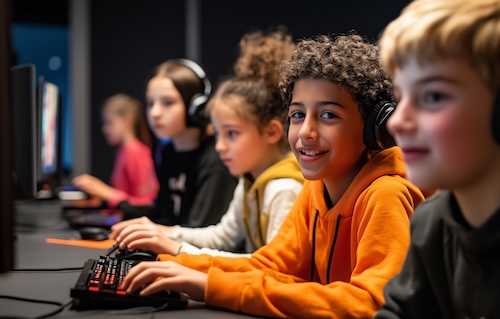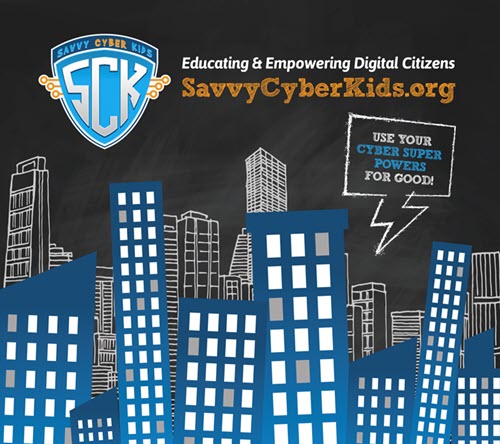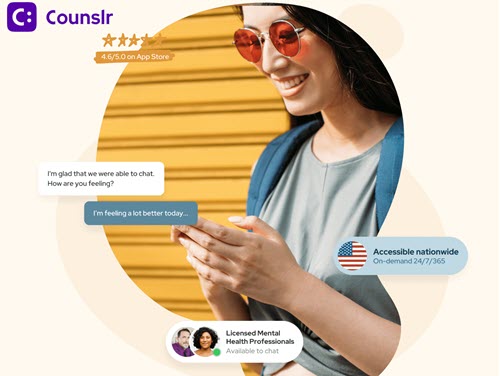Key points:
I was once asked during an icebreaker in a professional learning session to share a story about my last name. What I thought would be a light moment quickly became emotional. My grandfather borrowed another name to come to America, but his attempt was not successful, and yet our family remained with it. Being asked to share that story on the spot caught me off guard. It was personal, it was heavy, and it was rushed into the open by an activity intended to be lighthearted.
That highlights the problem with many icebreakers. Facilitators often ask for vulnerability without context, pushing people into performances disconnected from the session’s purpose. For some educators, especially those from historically marginalized backgrounds, being asked to disclose personal details without trust can feel unsafe. I have both delivered and received professional learning where icebreakers were the first order of business, and they often felt irrelevant. I have had to supply “fun facts” I had not thought about in years or invent something just to move the activity along.
And inevitably, somewhere later in the day, the facilitator says, “We are running out of time” or “We do not have time to discuss this in depth.” The irony is sharp: Meaningful discussion gets cut short while minutes were spent on activities that added little value.
Why do icebreakers persist despite their limitations? Part of it is tradition. They are familiar, and many facilitators replicate what they have experienced in their own professional learning. Another reason is belief in their power to foster collaboration or energize a room. Research suggests there is some basis for this. Chlup and Collins (2010) found that icebreakers and “re-energizers” can, when used thoughtfully, improve motivation, encourage interaction, and create a sense of safety for adult learners. These potential benefits help explain why facilitators continue to use them.
But the promise is rarely matched by practice. Too often, icebreakers are poorly designed fillers, disconnected from learning goals, or stretched too long, leaving participants disengaged rather than energized.
Even outside education, icebreakers have a negative reputation. As Kirsch (2025) noted in The New York Times, many professionals “hate them,” questioning their relevance and treating them with suspicion. Leaders in other fields rarely tolerate activities that feel disconnected from their core work, and teachers should not be expected to, either.
Research on professional development supports this skepticism. Guskey (2003) found that professional learning only matters when it is carefully structured and purposefully directed. Simply gathering people together does not guarantee effectiveness. The most valued feature of professional development is deepening educators’ content and pedagogical knowledge in ways that improve student learning–something icebreakers rarely achieve.
School leaders are also raising the same concerns. Jared Lamb, head of BASIS Baton Rouge Mattera Charter School in Louisiana and known for his viral leadership videos on social media, argues that principals and teachers have better uses of their time. “We do not ask surgeons to play two truths and a lie before surgery,” he remarked, “so why subject our educators to the same?” His critique may sound extreme, but it reflects a broader frustration with how professional learning time is spent.
I would not go that far. While I agree with Lamb that educators’ time must be honored, the solution is not to eliminate icebreakers entirely, but to plan them with intention. When designed thoughtfully, they can help establish norms, foster trust, and build connection. The key is ensuring they are tied to the goals of the session and respect the professionalism of participants.
Toward more authentic connection
The most effective way to build community in professional learning is through purposeful engagement. Facilitators can co-create norms, clarify shared goals, or invite participants to reflect on meaningful moments from their teaching or leadership journeys. Aguilar (2022), in Arise, reminds us that authentic connections and peer groups sustain teachers far more effectively than manufactured activities. Professional trust grows not from gimmicks but from structures that honor educators’ humanity and expertise.
Practical alternatives to icebreakers include:
- Norm setting with purpose: Co-create group norms or commitments that establish shared expectations and respect.
- Instructional entry points: Use a short analysis of student work, a case study, or a data snapshot to ground the session in instructional practice immediately.
- Structured reflection: Invite participants to share a meaningful moment from their teaching or leadership journey using protocols like the Four A’s. These provide choice and safety while deepening professional dialogue.
- Collaborative problem-solving: Begin with a design challenge or pressing instructional issue that requires participants to work together immediately.
These approaches avoid the pitfalls of forced vulnerability. They also account for equity by ensuring participation is based on professional engagement, not personal disclosures.
Professional learning should honor educators’ time and expertise. Under the right conditions, icebreakers can enhance learning, but more often, they create discomfort, waste minutes, and fail to build trust.
I still remember being asked to tell my last name story. What emerged was a family history rooted in migration, struggle, and survival, not a “fun fact.” That moment reminds me: when we ask educators to share, we must do so with care, with planning, and with purpose.
If we model superficial activities for teachers, we risk signaling that superficial activities are acceptable for students. School leaders and facilitators must design professional learning that is purposeful, respectful, and relevant. When every activity ties to practice and trust, participants leave not only connected but also better equipped to serve their students. That is the kind of professional learning worth everyone’s time.
Aguilar, E. (2022). Arise: The art of transformative leadership in schools. Jossey-Bass.
Chlup, D. T., & Collins, T. E. (2010). Breaking the ice: Using ice-breakers and re-energizers with adult learners. Adult Learning, 21(3–4), 34–39. https://doi.org/10.1177/104515951002100305
Guskey, T. R. (2003). What makes professional development effective? Phi Delta Kappan, 48(10), 748–750.
Kirsch, M. (2025, March 29). Breaking through. The New York Times. https://www.nytimes.com/2025/03/29/briefing/breaking-through.html





















